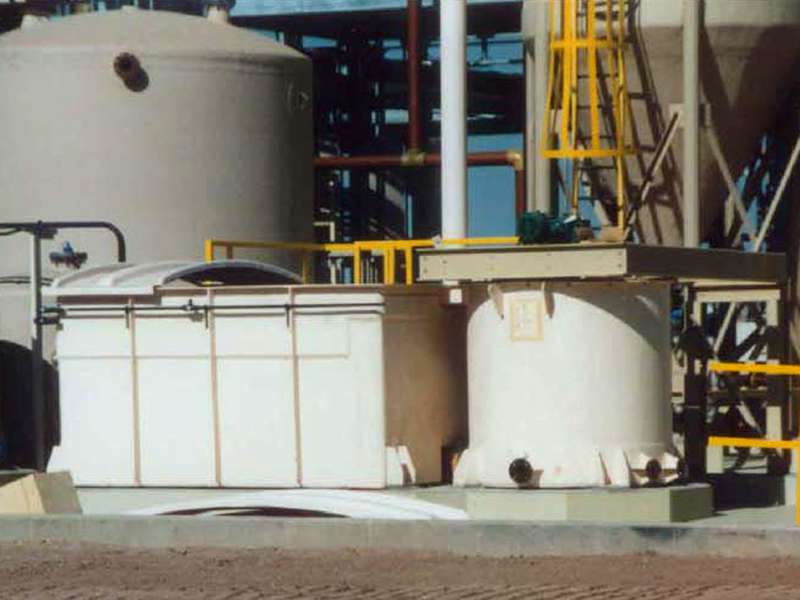
-
 Afrikaans
Afrikaans -
 Albanian
Albanian -
 Amharic
Amharic -
 Arabic
Arabic -
 Armenian
Armenian -
 Azerbaijani
Azerbaijani -
 Basque
Basque -
 Belarusian
Belarusian -
 Bengali
Bengali -
 Bosnian
Bosnian -
 Bulgarian
Bulgarian -
 Catalan
Catalan -
 Cebuano
Cebuano -
 China
China -
 China (Taiwan)
China (Taiwan) -
 Corsican
Corsican -
 Croatian
Croatian -
 Czech
Czech -
 Danish
Danish -
 Dutch
Dutch -
 English
English -
 Esperanto
Esperanto -
 Estonian
Estonian -
 Finnish
Finnish -
 French
French -
 Frisian
Frisian -
 Galician
Galician -
 Georgian
Georgian -
 German
German -
 Greek
Greek -
 Gujarati
Gujarati -
 Haitian Creole
Haitian Creole -
 hausa
hausa -
 hawaiian
hawaiian -
 Hebrew
Hebrew -
 Hindi
Hindi -
 Miao
Miao -
 Hungarian
Hungarian -
 Icelandic
Icelandic -
 igbo
igbo -
 Indonesian
Indonesian -
 irish
irish -
 Italian
Italian -
 Japanese
Japanese -
 Javanese
Javanese -
 Kannada
Kannada -
 kazakh
kazakh -
 Khmer
Khmer -
 Rwandese
Rwandese -
 Korean
Korean -
 Kurdish
Kurdish -
 Kyrgyz
Kyrgyz -
 Lao
Lao -
 Latin
Latin -
 Latvian
Latvian -
 Lithuanian
Lithuanian -
 Luxembourgish
Luxembourgish -
 Macedonian
Macedonian -
 Malgashi
Malgashi -
 Malay
Malay -
 Malayalam
Malayalam -
 Maltese
Maltese -
 Maori
Maori -
 Marathi
Marathi -
 Mongolian
Mongolian -
 Myanmar
Myanmar -
 Nepali
Nepali -
 Norwegian
Norwegian -
 Norwegian
Norwegian -
 Occitan
Occitan -
 Pashto
Pashto -
 Persian
Persian -
 Polish
Polish -
 Portuguese
Portuguese -
 Punjabi
Punjabi -
 Romanian
Romanian -
 Russian
Russian -
 Samoan
Samoan -
 Scottish Gaelic
Scottish Gaelic -
 Serbian
Serbian -
 Sesotho
Sesotho -
 Shona
Shona -
 Sindhi
Sindhi -
 Sinhala
Sinhala -
 Slovak
Slovak -
 Slovenian
Slovenian -
 Somali
Somali -
 Spanish
Spanish -
 Sundanese
Sundanese -
 Swahili
Swahili -
 Swedish
Swedish -
 Tagalog
Tagalog -
 Tajik
Tajik -
 Tamil
Tamil -
 Tatar
Tatar -
 Telugu
Telugu -
 Thai
Thai -
 Turkish
Turkish -
 Turkmen
Turkmen -
 Ukrainian
Ukrainian -
 Urdu
Urdu -
 Uighur
Uighur -
 Uzbek
Uzbek -
 Vietnamese
Vietnamese -
 Welsh
Welsh -
 Bantu
Bantu -
 Yiddish
Yiddish -
 Yoruba
Yoruba -
 Zulu
Zulu
frp flooring
The Advantages of FRP Flooring in Modern Construction
In recent years, the construction industry has witnessed significant advancements in materials technology, leading to the emergence of innovative solutions that meet the diverse needs of modern buildings. One such innovation is Fiber Reinforced Polymer (FRP) flooring, which has gained popularity due to its exceptional properties, durability, and versatility. This article explores the advantages and applications of FRP flooring in contemporary construction.
What is FRP Flooring?
FRP flooring is a composite material made from a polymer matrix reinforced with fibers, typically glass or carbon fibers. This combination results in a lightweight yet incredibly strong material that possesses numerous benefits over traditional flooring options, such as concrete or wood. FRP flooring is manufactured in various forms, including sheets, panels, and tiles, making it suitable for various applications across different industries.
One of the standout features of FRP flooring is its impressive durability. Unlike traditional materials that can be prone to rot, corrosion, or wear over time, FRP is resistant to chemical agents, moisture, and UV radiation. This resilience makes FRP flooring ideal for environments where exposure to harsh conditions is common, such as industrial facilities, laboratories, and food processing plants. Additionally, FRP flooring does not require extensive maintenance, resulting in long-term cost savings for building owners.
2. Lightweight and Easy Installation
The lightweight nature of FRP flooring simplifies transportation and installation processes. This characteristic is significant in situations where reducing the structural load of a building is crucial. With FRP flooring, contractors can complete installations more quickly, which can lead to significant time and labor cost savings. Moreover, the ease of handling and cutting FRP materials facilitates custom designs and modifications to meet specific project requirements.
frp flooring

3. Safety Features
Safety is a paramount concern in any construction project, and FRP flooring excels in this aspect. The non-porous surface of FRP makes it resistant to slip, reducing the likelihood of accidents in high-traffic areas. Additionally, many FRP products are designed to be fire-resistant, further enhancing safety in commercial and industrial environments. The provision of safety features makes FRP flooring an attractive option for facilities that prioritize the well-being of their employees and visitors.
4. Eco-Friendly Choice
As sustainability becomes an increasing focus in construction, FRP flooring presents an eco-friendly alternative to traditional materials. FRP products can be manufactured using recycled materials, significantly reducing their environmental footprint. Furthermore, because of their long lifespan and reduced maintenance requirements, FRP flooring contributes to a decrease in waste generation over time. Choosing FRP flooring aligns with environmentally conscious building practices and helps promote a more sustainable construction industry.
5. Versatile Applications
FRP flooring finds use in various applications due to its unique properties. In commercial settings, it is commonly employed in warehouses, retail spaces, and airports. For industrial applications, FRP is often utilized in chemical processing plants, power generation facilities, and water treatment plants. Its adaptability also extends to recreational areas such as swimming pools, docks, and walkways, where aesthetics and functionality must coexist.
Conclusion
In conclusion, FRP flooring represents a significant advancement in construction materials, offering a combination of durability, safety, versatility, and environmental friendliness. As the industry continues to evolve, the demand for innovative solutions like FRP flooring will undoubtedly grow. Builders, architects, and contractors seeking long-lasting, low-maintenance, and high-performance flooring options should certainly consider FRP as a leading choice for their next project. With its multifaceted benefits, FRP flooring not only meets the challenges of modern construction but also sets the stage for a more sustainable and efficient future in building design and development.









